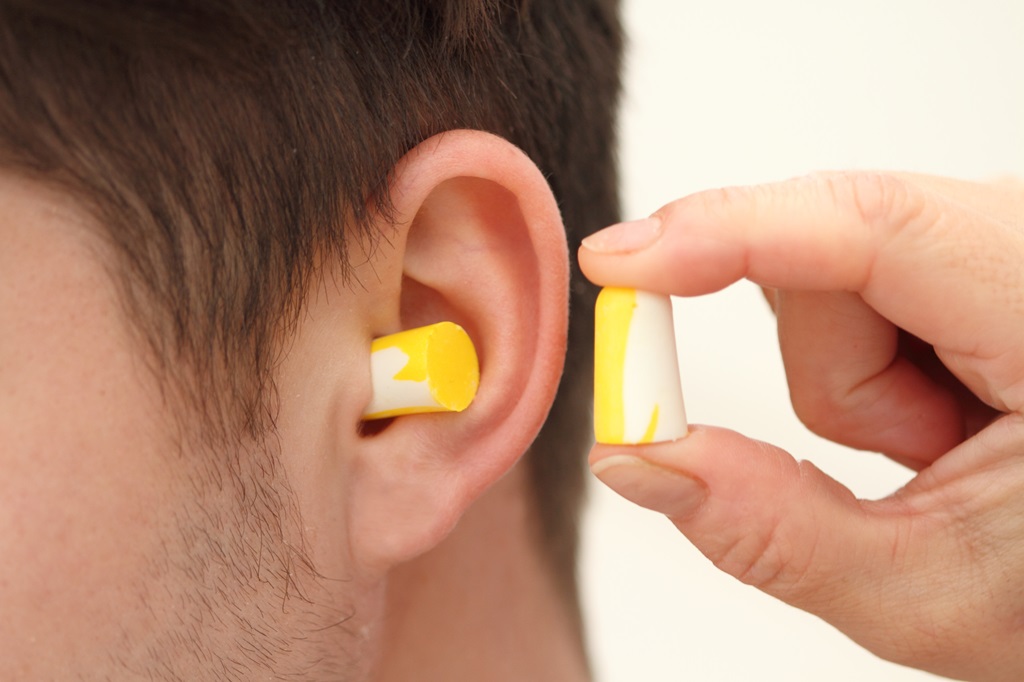What Is Snoring?
Snoring describes a pattern of vibrational sounds related to narrowing of the upper airway during sleep without significant apnea or hypopnea events (AHI <5) and without sleep-related daytime symptoms.
Risk To Health
Not everyone who snores has Obstructive Sleep Apnea (OSA), but almost all people with OSA will snore. As many as 30% of men and 20% of women who habitually snore, moderately to severely, may have some level of OSA – this serious medical condition requires diagnosis and appropriate management.
Snoring Fun Fact
The word “snore” was first used by William Shakespeare, in his play “The Tempest”. Before this, people called snores “snorts”. Shakespeare reportedly believed likening humans to animals snorting was insulting.
Understanding Your Snoring
- The soft tissue that forms the upper airways tends to collapse during sleep, which is associated with the turbulent airflow and throat tissue vibrations that create the sounds of snoring.
- Occasional snoring, i.e., snoring three or fewer nights per week, is almost universal with a prevalence of 38%–76% across populations.
- Habitual snoring, defined as snoring almost every night of the week, is present in between 12% and 25% of the population.
- Both occasional and habitual snoring are more frequent in men than in women.
- Snoring is multifactorial in origin and multiple risk factors have been described.
- It is more likely to appear in middle age, predominantly in males.
- In addition to gender and age, other risk factors include high body weight, nasal tract changes, smoking, and alcohol consumption.
- Most mild forms of "simple snoring" can be corrected through behavioural or positional therapy but it is recommend to firstly undertake a Polygraphy Sleep Test to rule out the potentially dangerous medical condition of Obstructive Sleep Apnea.
- Book a Video Consultation with Dr. Tallarico if your would like to understand your snoring in more detail.


Anti-Snoring Devices
Many companies, and some questionable medical professionals, have concocted some very strange ways to help snorers to stop snoring, from tongue suction cups to anti-snoring electric shock collars.
In fact, there are more than 300 anti-snoring devices registered in the United States Patent and Trademark Office alone. Unfortunately, only a very small fraction of these so called anti-snoring devices have even the slightest benefit. Many stop-snoring aids are marketed without scientific studies to support their claims.
Here at NonRussare.it, Dr Tallarico does not condone or recommend the use of any of these so called 'Anti-Snoring Devices'.
It would be best to consult a medical professional so both you and them can try to better understand the reasons behind your snoring and to discover if there are more deep routed medical conditions that may be attributing to your snoring and quality of sleep.
You can start by taking our free online Sleep Disorder Screening Test which will give you a better insight into the quality of your sleep and whether you need to be concerned about how well you sleep.
Click here to start your
Sleep Disorder Screening Test
Snoring Diagnosis
- Since snoring is the primary nocturnal symptom of OSA, its presence should prompt direct questioning of the other symptoms of OSA, including nocturnal breathing pauses, non-restorative sleep, and daytime sleepiness.
- Diagnostic measures should include a medical history of sleep, preferably involving an interview with the bed partner, and may be completed with questionnaires.
- Clinical examination should include examination of the nose to assess structures relevant to nasal breathing and may be completed with nasal endoscopy.
- Evaluation of the oropharynx, larynx, and hypopharynx should also be performed.
- Clinical evaluation of the oral cavity should include tongue size, oral cavity mucosa, and dental status.
- In addition, facial skeletal morphology should be evaluated.
- Additional objective measures should be performed if the medical history and/or clinical examination suggest sleep disturbances, if relevant comorbidities are present, and if the subject requires treatment for snoring.
- In situations where these signs or symptoms of OSAS persist, a more thorough study of the case is necessary with the use of a cardio-respiratory monitoring tool or other approved instrument to select the best therapy.
Snoring Therapies
- According to current knowledge, snoring is not associated with a medical risk, and in general, there is no medical indication for treatment.
- Weight reduction should be achieved in every overweight person who snores and needs to be advised to avoid sleeping pills, alcohol and nicotine.
- Discrimination between isolated or primary snoring and snoring as part of OSA is essential to indicate appropriate treatment.
- Snoring in the context of OSA is not the same as snoring as an isolated phenomenon.
- Most primary snorers showed a decrease in snoring, both in time and intensity, in the lateral position, unlike OSA patients who often fail to reduce snoring even if they change positions, have no significant apnea or hypopnea events (AHI <5), and have no sleep-related daytime symptoms.
- In simple snorers who snore only in a supine position, also for the well-being of the bedmate, the positional treatment can be taken into consideration, which in the past consisted of using special vests, or raised pillows 12, or side cushions, or on the affixing on the back of tennis balls, squash balls, to prevent patients from sleeping in a supine position.
- Often this approach failed due to awakenings during movements from one side position to another, which disturbed the architecture and quality of sleep.
- In recent years, position alarms have been used, the so-called next-generation sleep position trainers (SPTs), which include small battery-powered devices attached to the neck or chest or forehead that provide vibrotactile feedback when in the supine position without significantly reducing total sleep time.
Previous
Therapy
Click here
Next
Therapy
Click here
